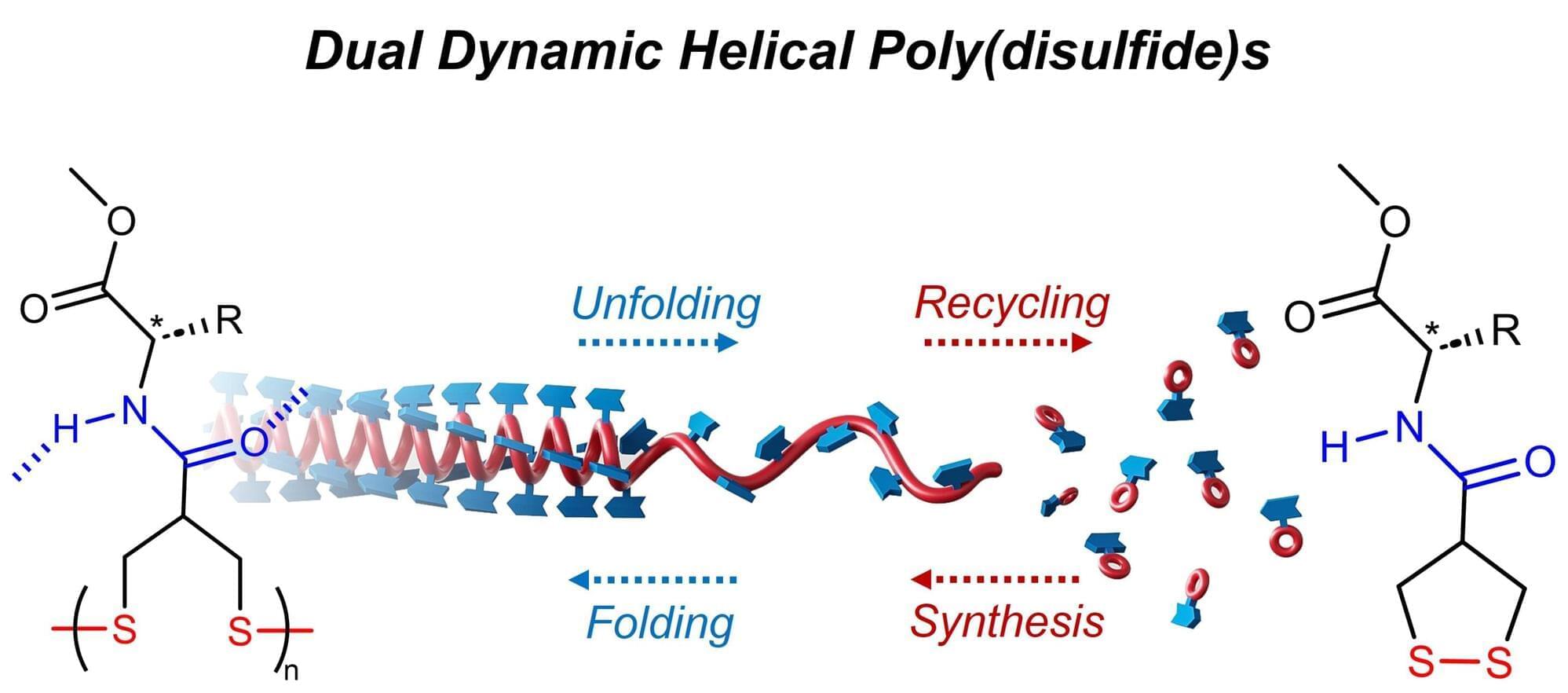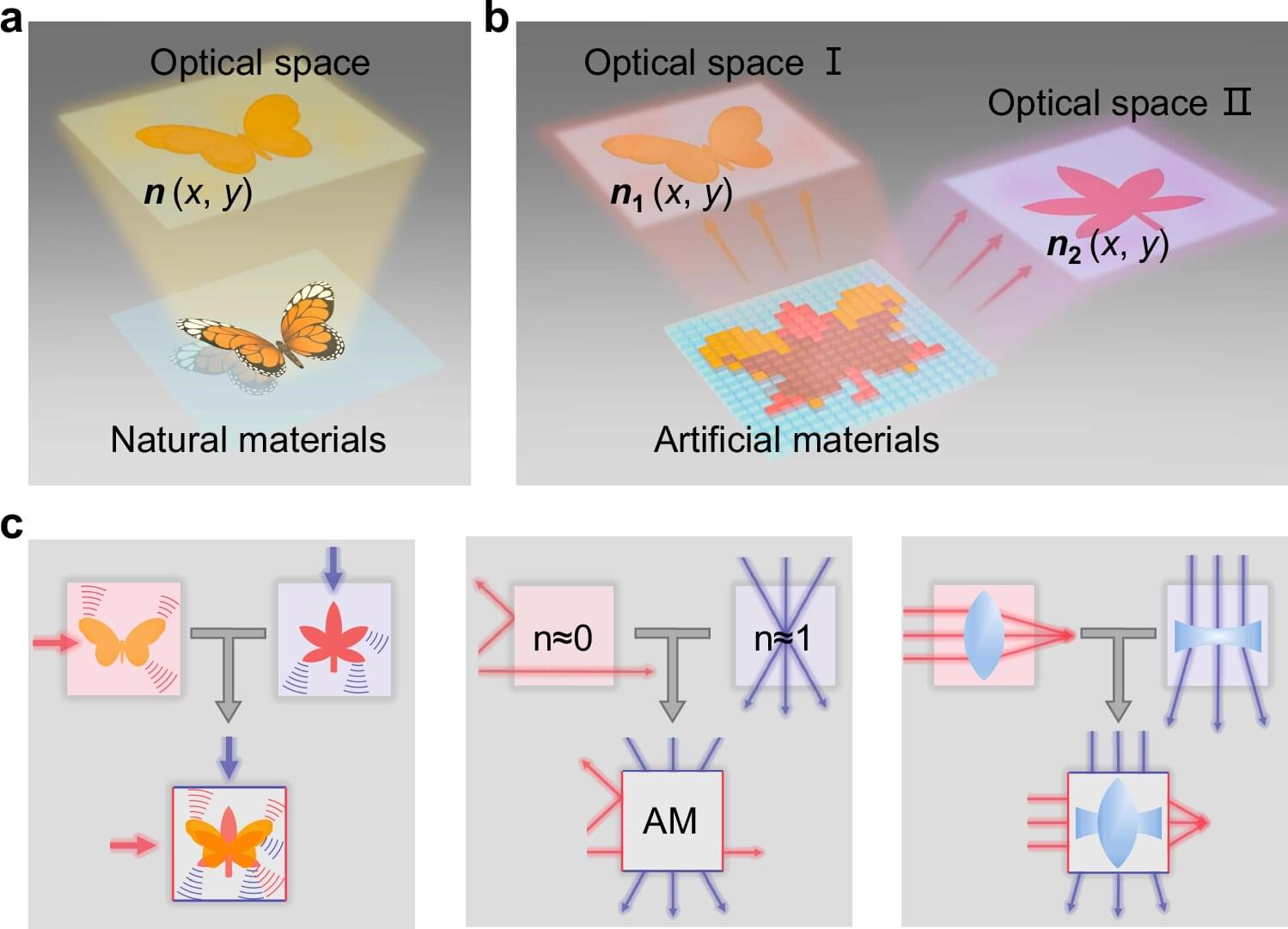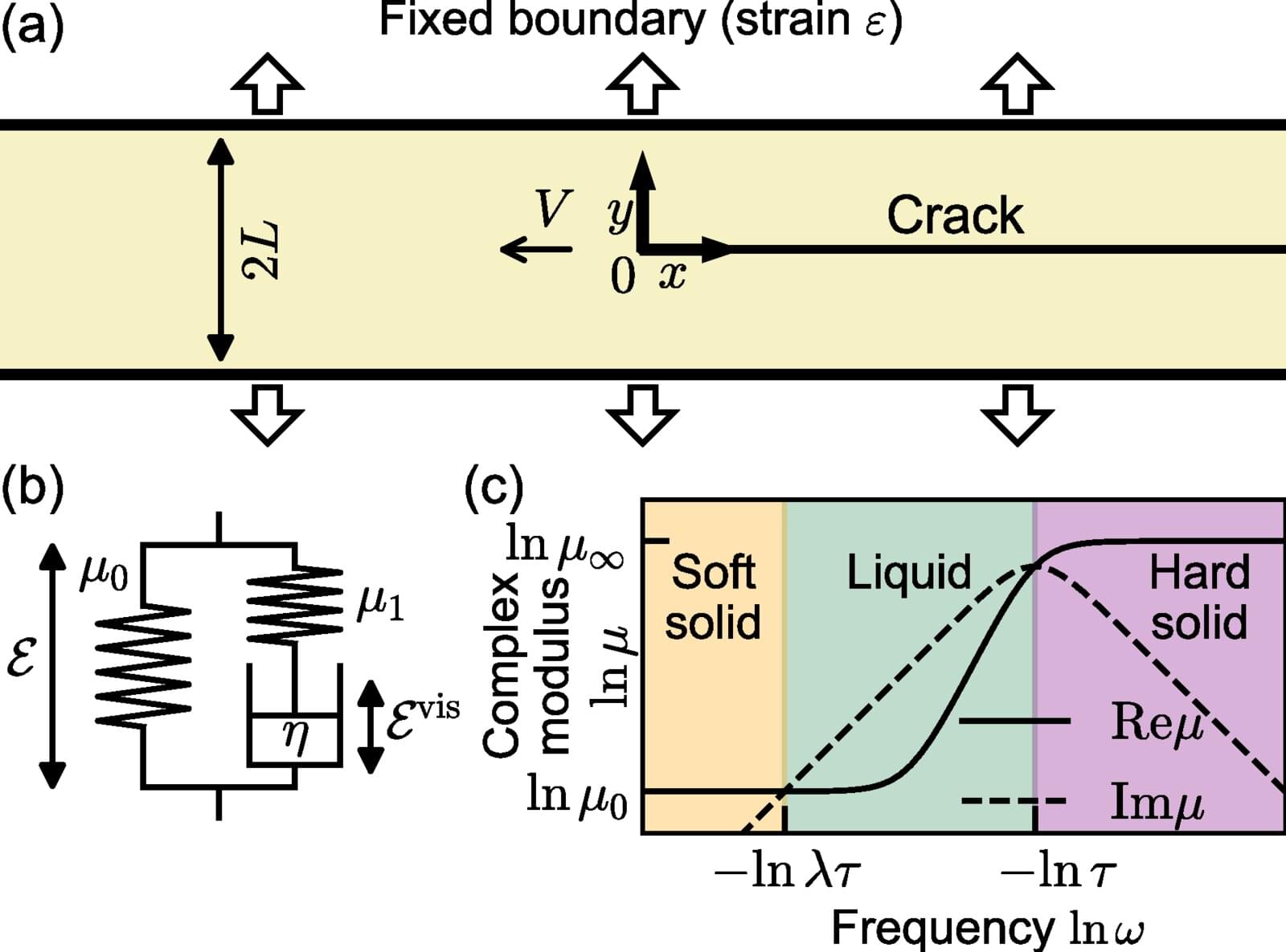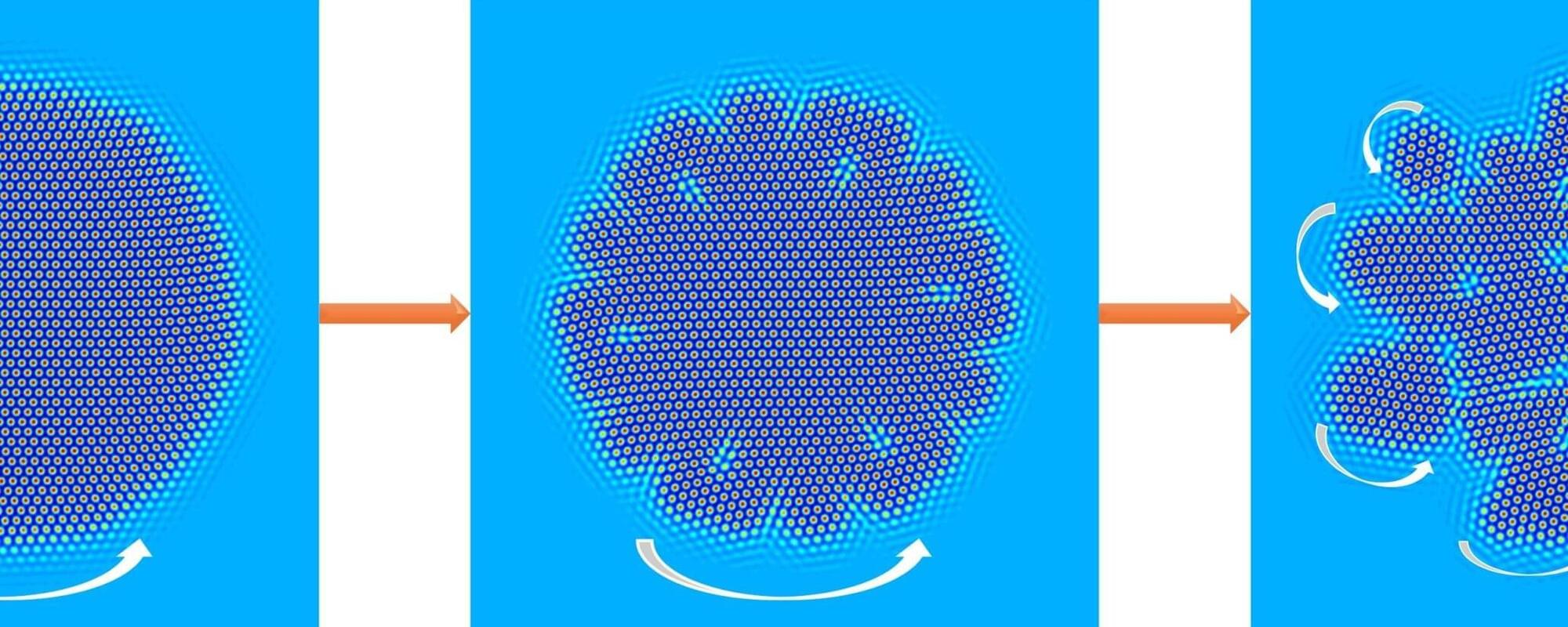Two-dimensional (2D) materials, which are only a few atoms thick, are known to exhibit unique electrical, mechanical and optical properties, which differ considerably from the properties of bulk materials. Some recent studies have also been probing these materials’ “transparency” to intermolecular interactions, such as van der Waals (vdW) forces—weak forces arising from fluctuating electrical charges, which prompt the attraction between molecules or surfaces.
Determining the extent to which these forces are screened by atomically thin materials could have important implications for the development of various technologies based on 2D materials.
Researchers at Peking University, Nanjing University of Aeronautics and Astronautics and Tsinghua University recently set out to shed light on whether 2D graphene systems fully transmit, partially screen or block vdW interactions.









